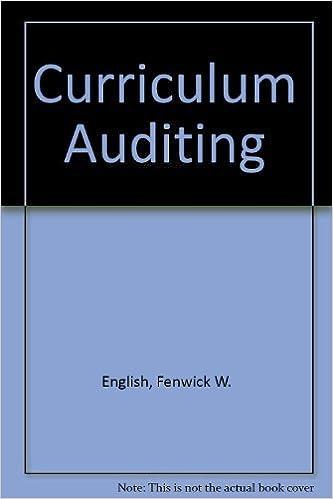

Alternative dividend policies Over the last 10 years, a firm has had the earnings per share shown in the following table:. a. If the firm's dividend policy were based on a constant payout ratio of 40% for all years with positive earnings and 0% otherwise, what would be the annual dividend for 2017? b. If the firm had a dividend payout of $1.00 per share, increasing by $0.10 per share whenever the dividend payout fell below 50% for two consecutive years, what annual dividend would the firm pay in 2017? c. If the firm's policy were to pay $0.50 per share each period except when earnings per share exceed $3.00, when an extra dividend equal to 80% of earnings beyond $3.00 would be paid, what annual dividend would the firm pay in 2017? d. Discuss the pros and cons of each dividend policy described in parts a through c a. If the firm's dividend policy were based on a constant payout ratio of 40% for all years with positive earnings and 0% otherwise, the (Round to the nearest cent.) annual dividend for 2017 is $ b. If the firm had a dividend payout of $1.00 per share, increasing by $0.10 per share whenever the dividend payout fell below 50% for two consecutive years, the annual dividend the firm would pay in 2017 is $ (Round to the nearest cent.) c. If the firm's policy were to pay $0.50 per share each period except when earnings per share exceed $3.00, when an extra dividend equal to 80% of earnings beyond $3.00 would be paid, the annual dividend the firm would pay in 2017 is to the nearest cent.) (Round d. Which policy uses a constant-payout ratio which will yield low or no dividends if earnings decline or a loss occurs? (Select the best answer below.) O A. The policy described in part b O B. The policy described in part a O C. The policy described in part c Which policy uses a low-regular-and-extra dividend policy giving investors a stable income? (Select the best answer below.) O A. The policy described in part a O B. The policy described in part b. O C. The policy described in part c 1: Data Table (Click on the icon located on the top-right corner of the data table below in order to copy its contents into a spreadsheet.) Year Earnings per share Year Earnings per share $3.03 $2.59 2019 2014 $3.47 $1.05 2018 2013 $4.51 $1.35 2017 2012 $3.01 -$1.59 2016 2011 $4.42 $0.91 2015 2010








